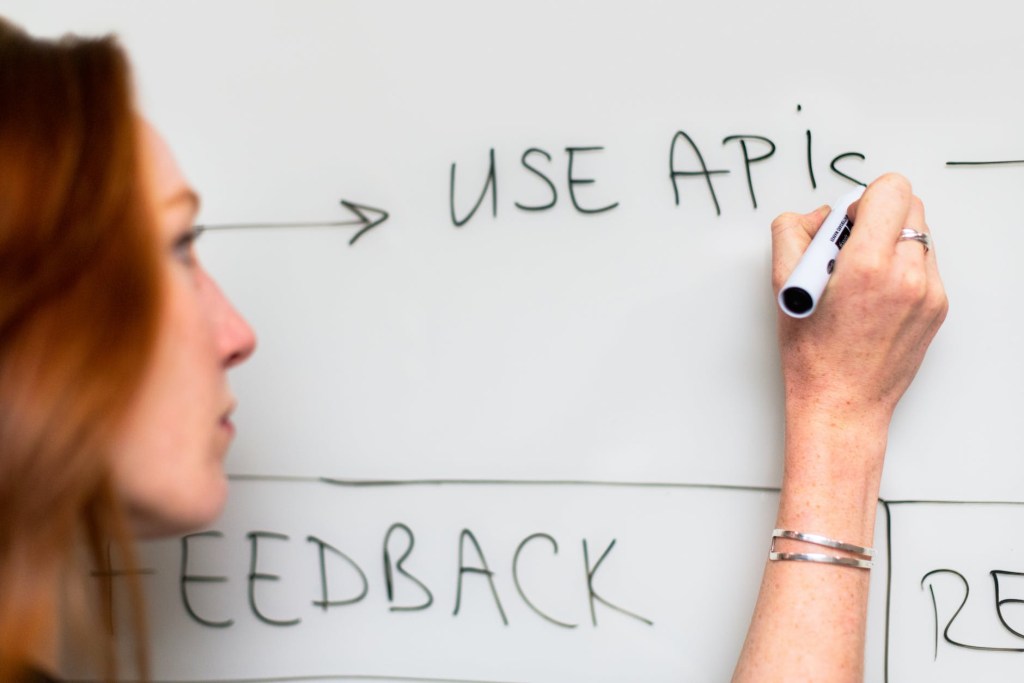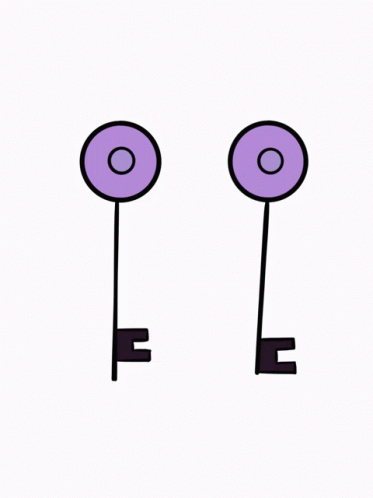A widely spoken about topic. Let’s get Specific! Vagueness & Ambiguity lead to uneasiness, and doubt. DeBunk the mystery starting now. We are in this together.
Foster an open and inclusive culture where everyone’s ideas and perspectives are valued and respected.
• How is this implemented?
To foster an open and inclusive culture where everyone’s ideas and perspectives are valued and respected, one can try implementing the following:
1. Encourage open and transparent communication channels within the organization, such as regular meetings, online forums, or suggestion boxes, to allow employees to express their ideas and opinions freely.
2. Actively listen to and consider each person’s input, regardless of their experience or rank in the organization.
3. Establish a code of conduct that promotes respect, dignity, and autonomy for all employees and stakeholders.
4. Provide ongoing training and education about diversity, equity, and inclusion to ensure that everyone understands the importance of respecting different perspectives and experiences.
5. Celebrate and acknowledge the diversity of employees’ backgrounds, experiences, and opinions to create a sense of belonging for everyone within the organization.
6. Encourage collaboration between employees at different levels of the organization, across departments, or even across organizations to promote knowledge-sharing and teamwork.
By fostering an open and inclusive culture, you can create an environment that encourages innovation, creativity, and problem-solving.
Organize regular brainstorming and ideation sessions where everyone in the team can freely express their ideas and opinions on a given topic.
• Guidelines on how this is implemented:
To successfully implement regular brainstorming and ideation sessions in where everyone in the team can freely express their ideas and opinions on a given topic, one can follow these steps:
1. Choose a facilitator who can guide the brainstorming session effectively and ensure everyone has the chance to participate equally.
2. Define the topic or problem you want to solve and provide background and context to the team.
3. Set clear goals and objectives for the brainstorming session and communicate them to the team.
4. Ensure that everyone is aware of the brainstorming session in advance and has time to prepare their ideas and thoughts.
5. Establish rules of engagement, such as no criticism or judgment during the session, and encourage all participants to listen actively and respect others’ opinions.
6. Provide tools such as whiteboards, sticky notes or online collaboration software to help organize and capture everyone’s ideas.
7. Continuously iterate the ideas on the whiteboard, grouping similar ideas and discussing potential solutions to the problem.
8. After the brainstorming session, follow up with the team to provide feedback and insights on the ideas generated during the session.
By implementing these steps, you can effectively organize regular brainstorming and ideation sessions that foster open communication, encourage creative thinking, and generate innovative solutions.
Encourage cross-functional collaboration between different teams and departments to promote knowledge-sharing and collaboration.
How is this implemented?
To successfully encourage cross-functional collaboration between different teams and departments, one can follow these steps:
1. Identify the key teams and departments that can benefit from collaboration, and define specific projects or initiatives where collaboration is needed.
2. Develop clear objectives and requirements for the project and communicate them to all teams and departments involved.
3. Assign clear roles and responsibilities to each team and establish clear channels for communication and collaboration.
4. Encourage regular check-ins and progress reports between teams to ensure everyone is on the same page and to identify and address any potential issues that may arise.
5. Provide opportunities for team members to socialize and interact outside of work hours, such as team-building activities or events, to build relationships and trust.
6. Provide training and resources to help team members develop the skills necessary for successful collaboration, such as effective communication, conflict resolution, and problem-solving.
7. Recognize and reward successful collaboration by acknowledging individual and team contributions, celebrating successes, and sharing best practices within the organization.
By implementing these steps, one can foster cross-functional collaboration between different teams and departments, promoting knowledge-sharing, and collaboration that can lead to increased creativity and innovation in the workplace.
Provide opportunities for professional development and training to help build skills and knowledge in collaborative thinking and problem-solving.
Set clear goals and objectives for collaboration and reward team members for their contributions to the collaborative process.
• How is this done?
To set clear goals and objectives for collaboration and reward team members for their contributions to the collaborative process, one can follow these steps:
1. Define the scope and purpose of the collaboration project and ensure that it aligns with the overall goals and objectives of the organization.
2. Establish specific, measurable, achievable, relevant, and time-bound (SMART) goals and objectives for the collaboration project, and communicate them to all team members involved.
3. Break down the project into specific tasks and assign clear responsibilities to team members, providing them with the necessary resources, support, and training to achieve their goals.
4. Set up regular progress update meetings or check-ins to track progress against the established timeline, goals, and objectives.
5. Celebrate individual and team achievements, acknowledging and rewarding team members’ contributions to the collaborative process.
6. Allocate resources, such as funding, time, and technology, to ensure the collaboration project’s success and encourage team members to think creatively and innovatively.
7. Recognize and reward successful collaboration by acknowledging individual and team contributions, celebrating successes, and sharing best practices within the organization.
By implementing these steps, one can set clear goals and objectives for collaboration and motivate team members to collaborate effectively, leading to increased productivity and success for the collaborative project and broadcasting organization.
Establish protocols and guidelines for effective communication and decision-making to ensure that everyone is on the same page and working towards the same goals.
• How are protocols and guidelines established ?
To establish protocols and guidelines for effective communication and decision-making, follow the steps below:
1. Establish a communication plan: Determine the communication channels, frequency, and methods to be used during the project. Ensure that everyone on the team is aware of the communication plan.
2. Define decision-making processes: Establish clear decision-making processes, including who has the decision-making authority, how decisions will be made, and what happens after the decision is made.
3. Develop a code of conduct: Establish a code of conduct that outlines expected behaviors for project team members, including respect for colleagues, professionalism, and promptness in responding to communications.
4. Set clear expectations: Clearly define the responsibilities of each team member, including when and how to report progress or raise concerns.
5. Provide training: Provide training on effective communication, negotiation, conflict resolution, and decision-making.
6. Use collaborative tools: Use collaborative tools, such as virtual meeting software and project management software, to facilitate communication and decision-making.
7. Monitor and evaluate: Monitor and evaluate the communication and decision-making processes throughout the project to identify areas for improvement.
By adopting these strategies, one can create a collaborative and open-minded culture that fosters creative thinking, innovation, and collaboration, establish protocols and guidelines for effective communication and decision-making, ensuring that everyone is on the same page and working towards the same goals. This will promote a successful project outcome.
Please 👍 follow, and subscribe – it’s free!













